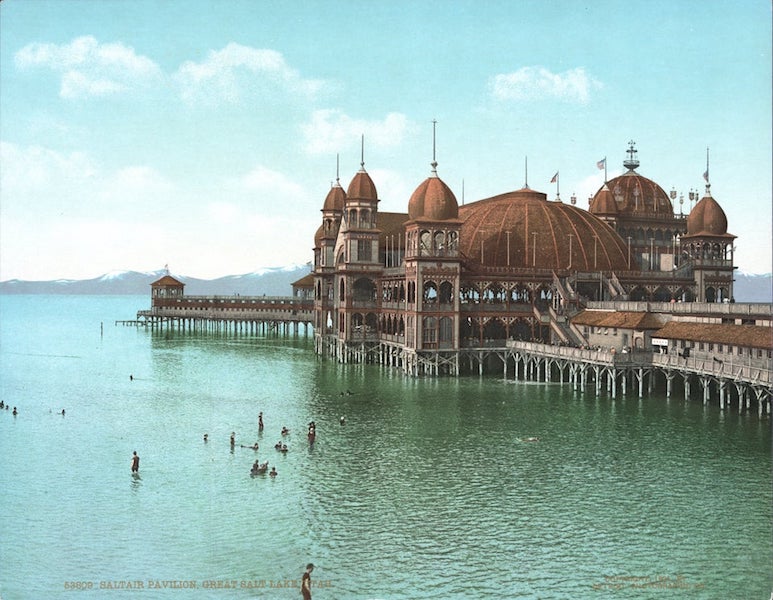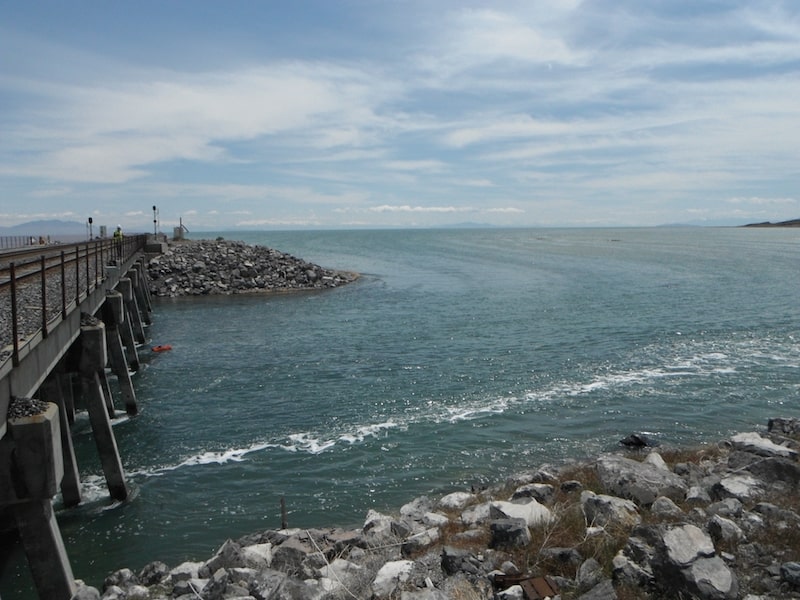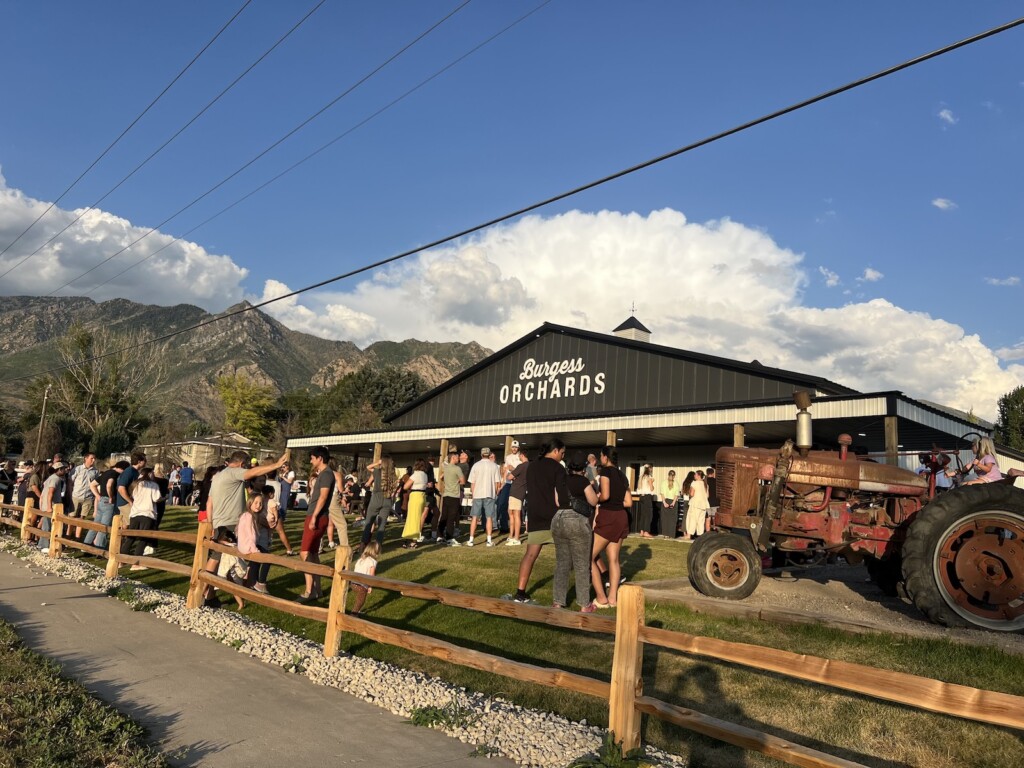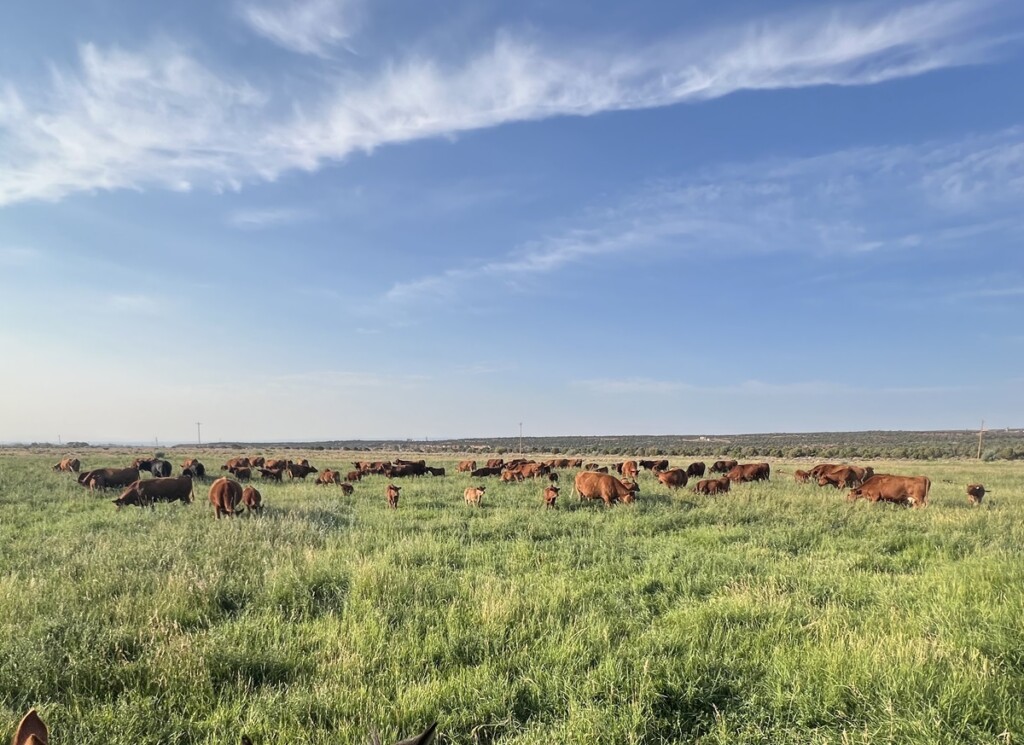
The Great Salt Lake was born Lake Bonneville ― the massive inland sea that covered the entire area that is now the Salt Lake Valley, Provo/Orem Valley, and well north of Ogden. The sea extended as far North as Idaho and South to Nevada. It was 150 miles from east to west and 250 miles from north to south.
Its shores extended high on the east “benches” and its waves lapped against the rocky shores of Mount Olympus Cove. In the late Pleistocene era, megafauna such as the wooly mammoth, mastodon and giant sloth roamed the area drinking from it’s fresh water. Giant turtles and alligators fed on the millions of shad and bass. Sea Lilies and scalloped-shaped brachiopods and even coral reefs made this a true inland sea teaming with life 20,000 years ago.
The ice-age lake was fed by permanent glaciers, which resided in the Wasatch Mountains. The glaciers in Big and Little Cottonwood Canyons were hundreds of feet thick. As the weight and pressure of these glaciers slowly moved and melted, they carved granite canyons, leaving massive granite boulders in their path.
Snow in the Wasatch Range was abundant for at least eight months per year due to the massive sea acting as a sink for low-pressure weather to draw and evaporate lake water and to feed clouds that would subsequently dump plentiful snow. This has been a fundamental weather cycle that provides such abundant streams, which have helped to carve out dozens of canyons along the Wasatch Range: City Creek, Red Butte, Emmigration, Parley’s, Millcreek and Big and Little Cottonwood Canyons being the most well-known near Salt Lake City.

As global climate has warmed over the past 14,000 years, the waters of Lake Bonneville receded and formed Utah Lake in the South and The Great Salt Lake in the North. The Great Salt Lake still greatly impacts the Wasatch Front’s weather pattern. It feeds clouds. When there is high-pressure and warmer water on the lake, low-pressure clouds and storm systems stall in the valley and draw moisture from the lake. This can result in five or even six feet of powder dumping in the canyons from a single “lake effect” storm.
Today, the lake is at record low levels. Sailboats that were wet docked in the GSL marina (aka: yacht club) for the past 25 years all now need to be removed as they are now resting on just a few inches of water. This is mostly due to our current 10-year drought conditions, but it’s also due to the lack of any system or plan to restrict any water usage or conserve water when drought conditions arise. The vast majority of the water that flows from the canyons is used for drinking, 85% for irrigation and our ubiquitous green laws and grass found in front of homes along the Wasatch Front.
As our population continues to swell, more of this mountain run-off water is required. Utah’s per-capita domestic water consumption is the second highest of all Great Basin states. Cheap, abundant water is something we could once boast about, but it’s now causing the Great Salt Lake to recede. As the surface area recedes and becomes dry ground, the evaporation and lake effect storms will cease to be as impactful. As a result, our $1 billion ski industry will suffer as well.

From the 1880s to the 1950s, visitors and residents floated and swam in the Great Salt Lake. But due to years of dumping untreated sewage and wastewater into the lake, only brine shrimp consistently swim there today. Occasionally, the brave swimmer will test their buoyancy and float like a cork (I’ve done it twice in my life), but it’s a shame that it hasn’t been a priority to treat wastewater better and maintain a nice swimming area for our Great Lake of the West.
The question remains now: will we allow the lake to evaporate and die? Or will we take measures to restrict water consumption and allow much more water to flow into the Great Salt Lake to restore its historic levels?
MORE ABOUT GREAT SALT LAKE:
Destruction of Great Salt Lake in the Name of Progress
Expert Interviews on Inland Port and Great Salt Lake
Proposed Promontory Landfill Hits a Roadblock
Subscribe to Utah Stories weekly newsletter and get our stories directly to your inbox





